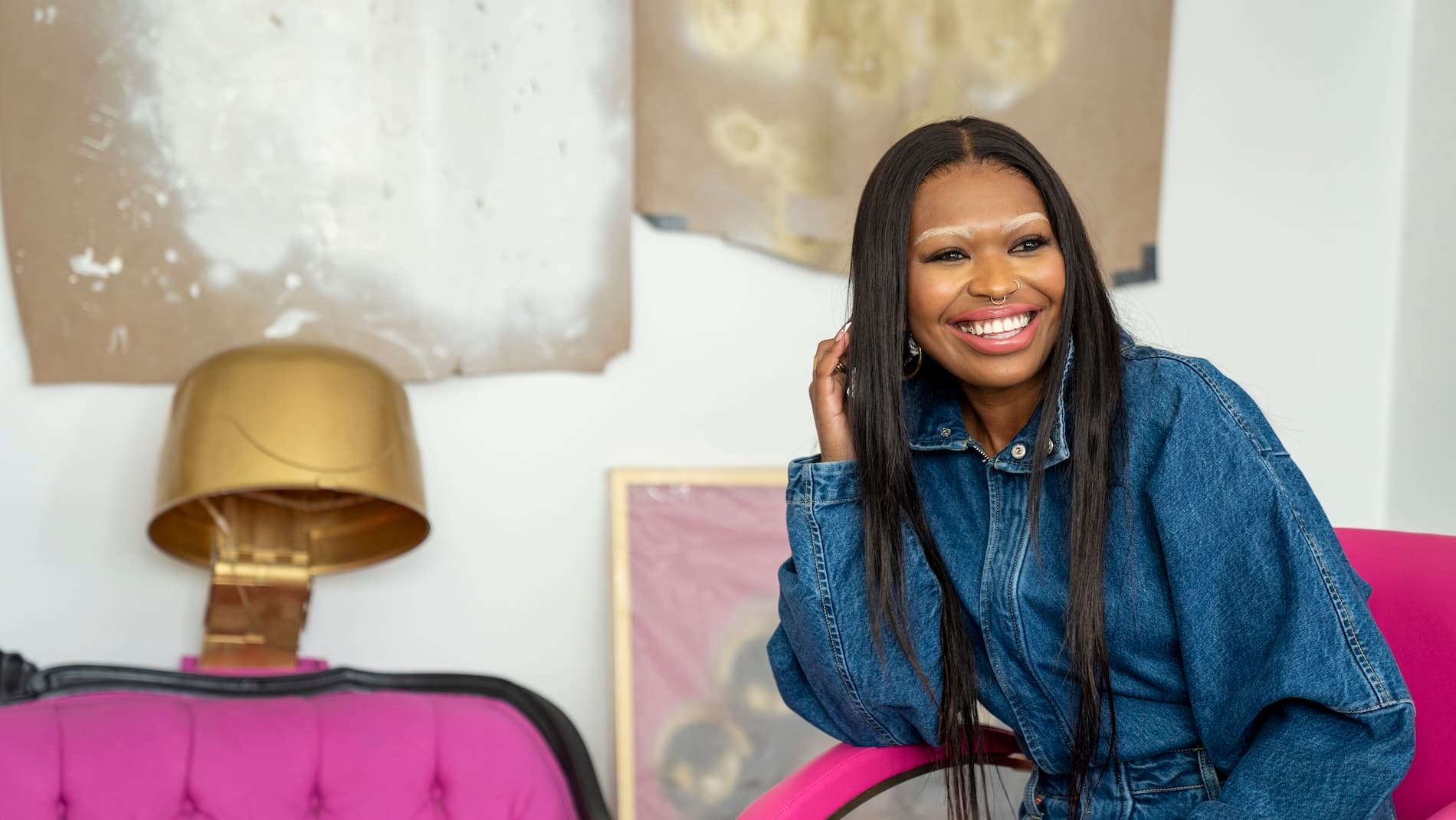Taking Ownership of Her Art.
For many artists, making a living from their work has never been easy. Once a painting or sculpture is sold, the artist rarely earns from it again. Collectors resell for higher prices, galleries take commissions, and many struggle with their work being copied without credit.
Blockchain is helping artists take control. It allows them to sell directly to buyers, track where their work goes, and get paid whenever it resells. For artists like Autumn, it’s opening up new opportunities.
A New Way to Sell and Protect Their Work.
Autumn, a multidisciplinary artist, often collaborates with others to bring her creative vision to life. In the past, ensuring fair pay for every contributor was difficult, with revenue often split unevenly or lost over time.
When she discovered blockchain, she saw a way to securely record ownership, split earnings automatically, and ensure everyone involved was credited forever.
“The fact that profits can be shared automatically—and that it’s all recorded permanently—means the impact of our work can last beyond our lifetimes.”
Blockchain keeps a permanent record of every sale, so artists can track where their work goes, prove authenticity, and earn royalties whenever it resells.
Why Artists Are Turning to Blockchain.
Artists are using blockchain to take control of their work and earnings in new ways:
Earn royalties over time – Instead of just making money from an initial sale, artists automatically receive a percentage whenever their work is resold.
Sell directly to buyers – Online platforms like Magic Eden, OpenSea, and Zora make it easy to connect with collectors without relying on galleries or agents.
Prove authenticity and ownership – Blockchain provides a public, verifiable record of each piece, reducing forgery and ensuring artists get credit for their work.
Reach a global audience – Artists can sell to buyers anywhere in the world, expanding their opportunities beyond local markets.
“I feel like I’m using creativity in a way that benefits me, benefits my community, and preserves the art—not just the piece itself, but the ideas behind it.”
How to get started.
Whether you create paintings, sculptures, or digital artwork, blockchain can help you secure and monetize your work. Here’s how to begin:
Register your work – Create a digital certificate (NFT) that verifies authenticity and ensures provenance.
Choose a platform – Sites like Magic Eden, OpenSea, and Zora act as marketplaces for blockchain-based art.
Sell and track your art – Whether selling a digital piece or linking a physical artwork to a blockchain record, the technology ensures ongoing ownership verification and resale royalties.
Blockchain is still new in the art world, but more artists are embracing it as a tool to protect their work and create new opportunities. Could it work for you?
The future of digital art.
Major auction houses like Sotheby’s and Christie’s have embraced blockchain, selling digital pieces for millions. But for most artists, the real opportunity isn’t in record-breaking sales—it’s in gaining more control over their work.
Instead of relying on galleries or third parties, artists can now build direct relationships with collectors, ensure fair payment, and protect their creative legacy.
More artists are discovering how blockchain can help them sell and safeguard their work. Could it work for you?
